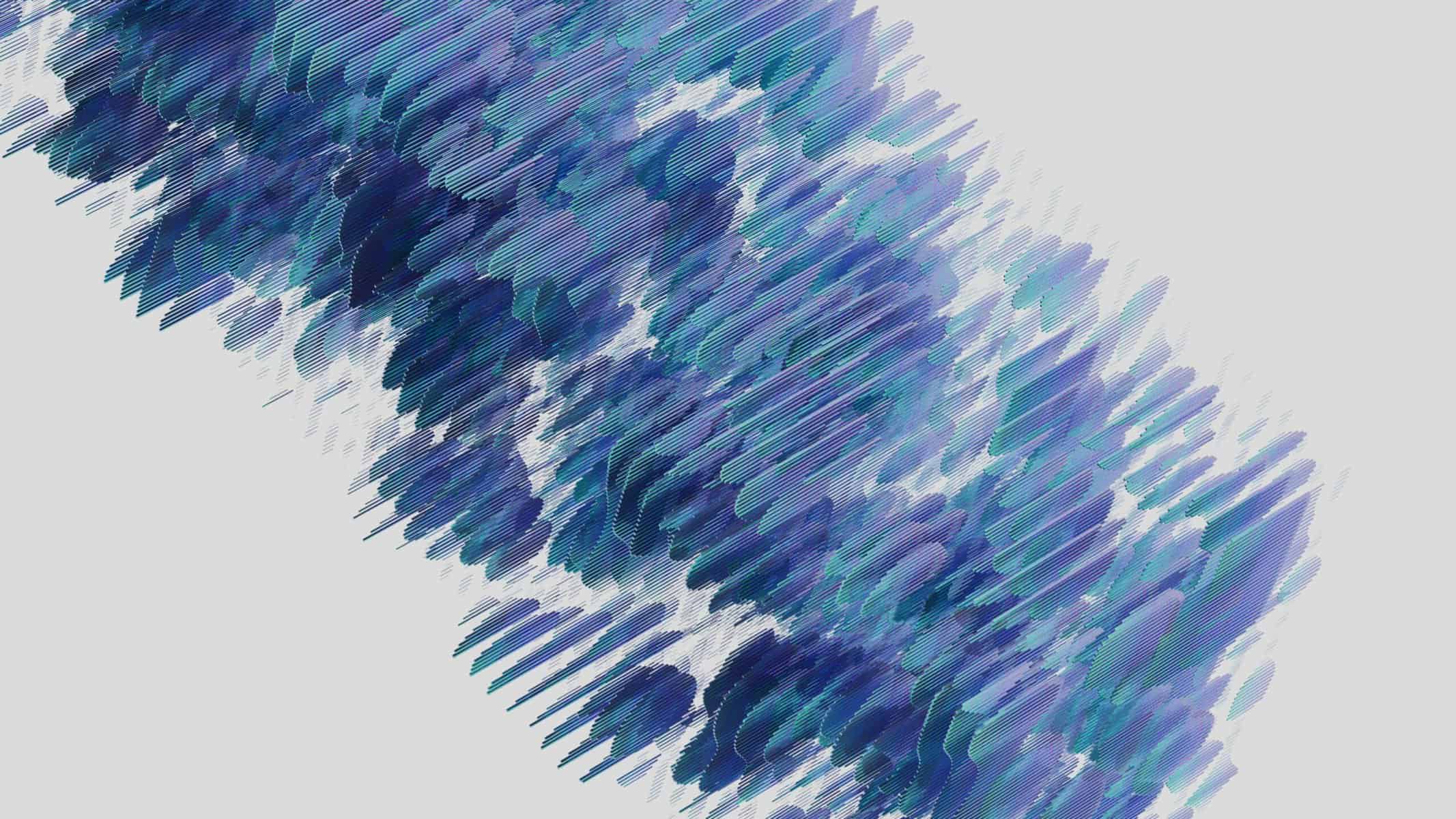Category: Disruptive
-

Seminar »Information Topologies« in Winter Semester 2023/2024
The new project seminar for the students of the department of Design at Aachen University of Applied Sciences will be about “Information Topologies”. Information Topology deals with the organization and arrangement of information spaces. Often, the goal is to make information intuitively accessible and easier to find or learn, or to design a general strategy…
-
GPS + Compass + Motion sensors = Augmented Reality
The new iPhone 3GS adds a compass to the set of sensors. Combined with the GPS, the motion detection sensor and some image change detection via the internal video camera, this enables a new breed of “augmented reality” applications. NearestWiki for example displays WikiPedia entries about buildings and places in the vicinity. NearestWiki is not…
-
Project Natal – the first true innovation from Microsoft
I have been thinking about Project Natal over the weekend. I do not want to discredit some of the innovations Microsoft has created over the last two decades – but for the most part Microsoft has not been able to create innovations on its own (but rather mimicking or buying stuff from outside). There may…
-
Project Natal
Obviously Microsoft feels the need to claim back some market share the Nintendo Wii took away with a new controller type. Project Natal is utilizing a range of biometric sensors for body motion, face and voice recognition. The video is more a vision than an actual feature presentation. But it is clear what the goals…
-
Future of Interfaces
DesignReviver (via @blogblog) has compiled a categorial list of aspects that drive future UI development: Better and more intuitive devices interaction Everyday devices connected to the Internet Multi-touch, without touching the screen Interactive and intuitive user interfaces for better browsing Gesture based interfaces Interfaces aware of context New materials that will influence UI While I…
-
Quorum sensing bacterial communication
Bonnie Bassler discovered that bacteria “talk” to each other, using a chemical language that lets them coordinate defense and mount attacks. The find has stunning implications for medicine, industry — and our understanding of ourselves.
-
Thinking alternatives: From “Mobile” to “Mobility”
Shai Agassi is the CEO of The Better Place to get rid of oil dependency (especially for running vehicles). The idea: Give away electric cars for free (like mobile phones) and make the batteries part of the electric grid system (instead of a costly component of the car). You basically pay for miles, thus the…
-
Competing with the iPhone
Ingo Hinterding wants to have a Plam Pre. The multi-touch, turning UI is clearly attacking the iPhone market share. I think the Palm Pre will not succeed as an “iPhone killer”.
-
Fundamental changes ahead: petaflop barrier broken
According to this WIRED blog entry IBM and Cray have both cracked the petaflop barrier. Computer scientist Mark Seager of Lawrence Livermore National Laboratory claims that this will change the scientific method for the first time since Galileo invented the telescope (in 1509)”. The reason for that is that simulation and approximation can be used…
-
Web 3.0? Maybe user generated applications…
In few seconds I was able to create a new music browsing application combining puzzle pieces together without any effort: All I needed was Fluid and an example to learn from. Fluid basically is a bare-bones web browser that turns a website into an double-clickable application. It is a website – but it feels like…
-
Yahoo Badges
Many month ago Yahoo introduced Yahoo Pipes to the public – allowing to mix and process data from sites and RSS feeds from different sources (I have a master RSS feed of a pipe that represents almost all my blog activities) Now Yahoo has expanded this model to include widgets for displaying the resulting: Yahoo…
-
The iPhone principle
Yesterday Apple introduced the new iPhone. It features a very precise touch screen and some other sensors. On the first look it may only seem like a fancy phone that manages to get rid of buttons and integrate features of an iPod. But I think it is much more than that. I believe Apple has…
-
Exchange economy?
The diggnation guys are now also sponsored by Barterbee.com. It is some kind of rag-fair online for Movies, Music or Games. You can put stuff in that you want to get rid of. But instead of trading items for real money you get points which you can use to shop new items on Barterbee. The…
-
Three Webmontag events today
Just a note: Today there are »Webmontag«-Events in Berlin (28 attendees), Munich (33 attendees) and Bielefeld (5 attendees).
-
Ars Electronica 2006: Simplicity
The topic of the Ars Electronica Festival in Linz this year is »Simplicity«.
-
Access point distribution
Today during a train ride between Cologne and Aachen I let MacStumbler scan vor access points that I passed by. During the 70km ride it catched signals of around 65 wireless LANs: Usually regular housing is only close to railways in cities. On the country site buildings are rather sparse. Taking these facts into account…